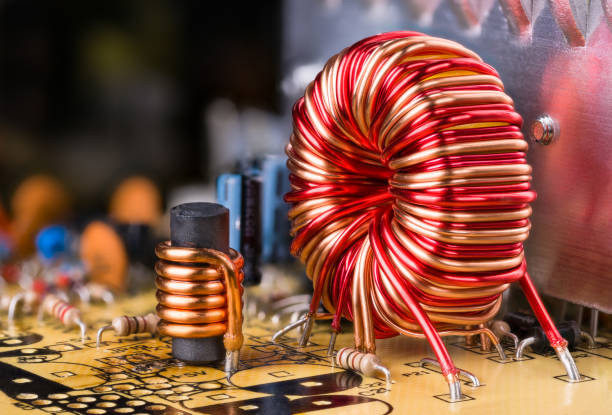How to Build Toroidal Transformer Better?
Wed, Mar 08 by ATO.com
Power transformers are electrical device that is used to transfer electrical energy between two or more circuits through electromagnetic induction. They facilitate power transfer between two parts of an electrical circuit and create isolation while varying voltage and current. Power transformers are available in different designs and toroidal power transformers are one of them.
In this article, ATO industrial automation will introduce how to build toroidal transformer better.

- Core Material Selection. In general, the price of a power transformer is determined by its core and copper, with all other materials contributing only 10~15% to the price. High-performance cores are manufactured from a continuous strip of premium-grade virgin steel, leaving no air gaps and loose sheets of steel or laminations to cause vibration. The use of virgin material also allows engineers to design toroidal transformers at a magnetic induction point specified by the mills, thus reducing losses associated with the transformers.
- Magnet Wire Selection. Wire for winding used in electrical equipment is generally called magnet wire. Aluminum and copper are both used for this purpose, but copper is generally preferred in toroidal transformers due to its current carrying capacity, cost, size, and electrical and thermal properties. The windings on a small toroidal transformer are exposed over the entire surface of the transformer, affording optimum transfer of waste heat from the copper windings. This often will allow the designer to use somewhat smaller gauge wire than would otherwise be prudent, without exceeding the specified temperature rise limit, if load regulation and efficiency considerations allow. Dual-coated enameled wire is also important for mitigating the risk of short circuit after the wire has been wound around the core.
- Winding Techniques. The winding process of the toroidal transformer is also particularly important. Winding construction can greatly influence leakage inductance, so special care must be taken for specific leakage current applications. The winding of the enameled wire must be evenly arranged and leveled, and the winding strength of the machine must be properly adjusted to avoid perforation of the enameled wire in the winding process. Thus the enameled wire can evenly surround the toroidal core without the risk of a short circuit.
- Interwinding Insulation Technique. The interwinding insulation technique places a layer of mylar insulation at the halfway point of a single primary winding or between individual windings in a dual primary configuration.
- Electrostatic Shield. Electrostatic screens are sometimes added to toroidal transformers to filter out electrostatic interference from the mains power supply and to derive to ground in case of failure of the main isolation. The screens are constructed using a copper layer winding coil, insulated with polyester, which usually winds between the primary and secondary windings. There are two construction techniques available: outside closed and outside open.

